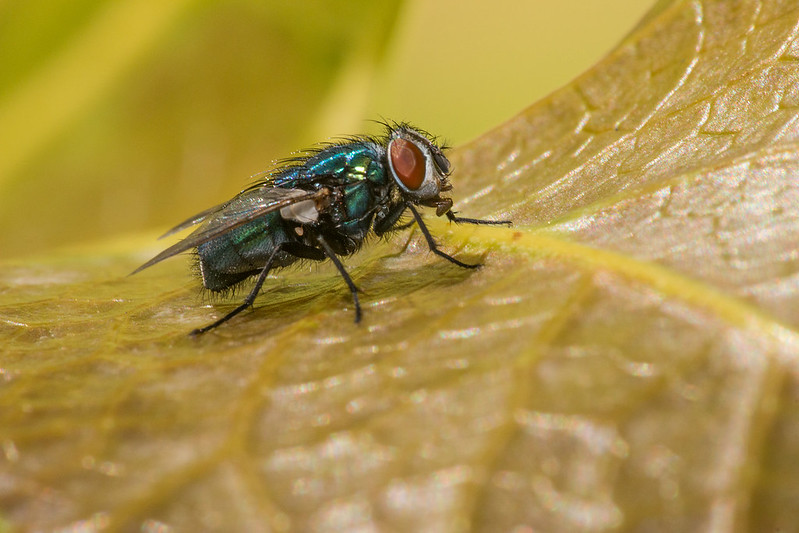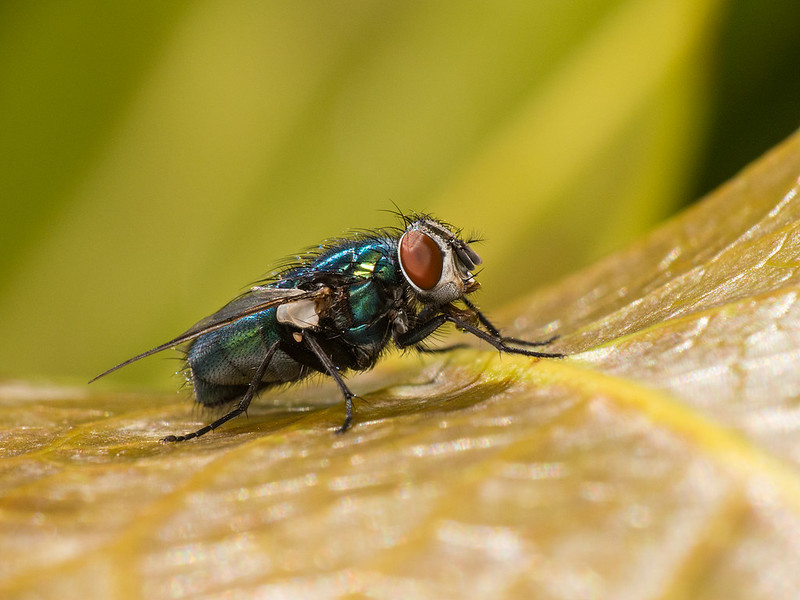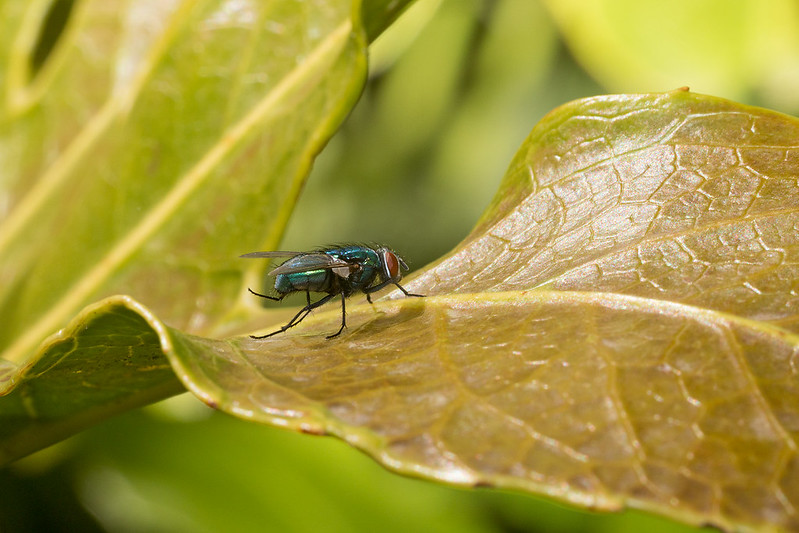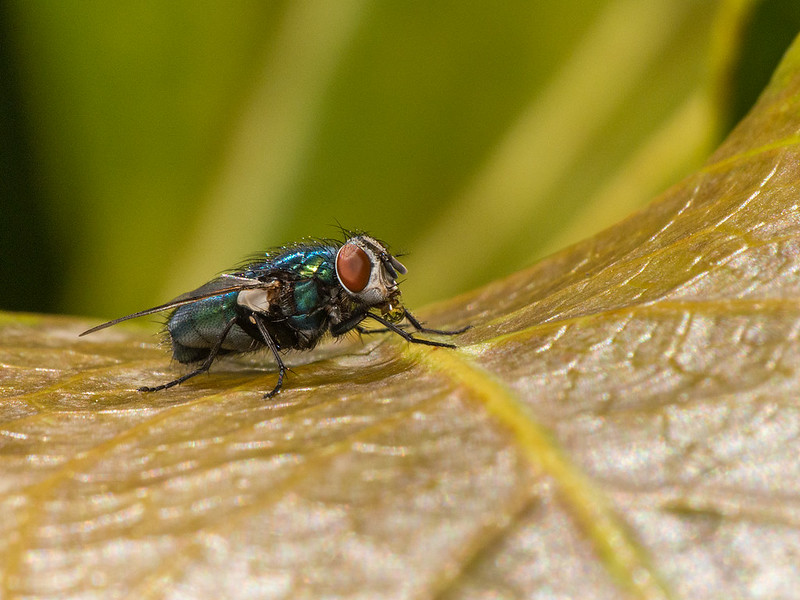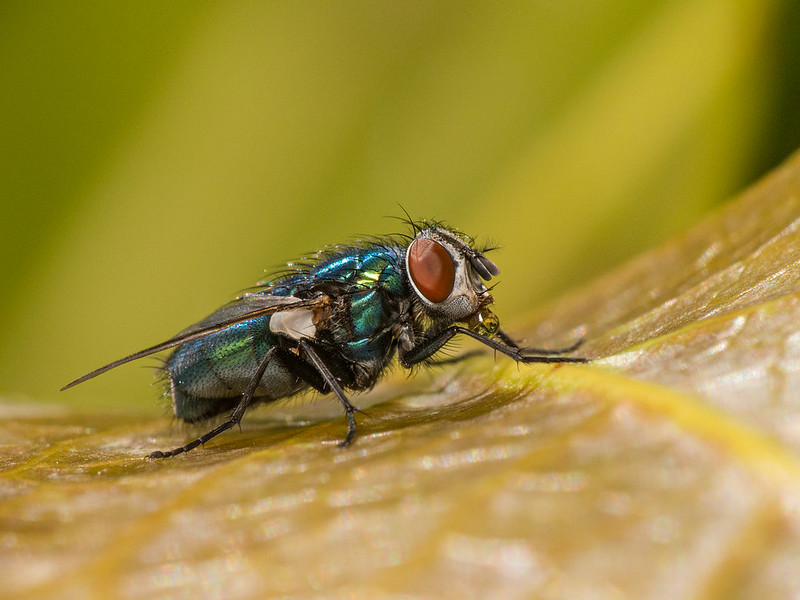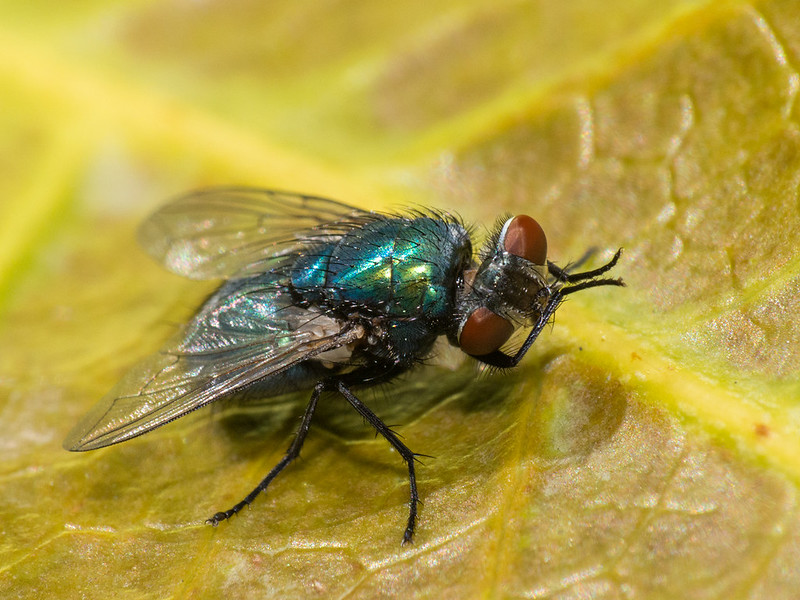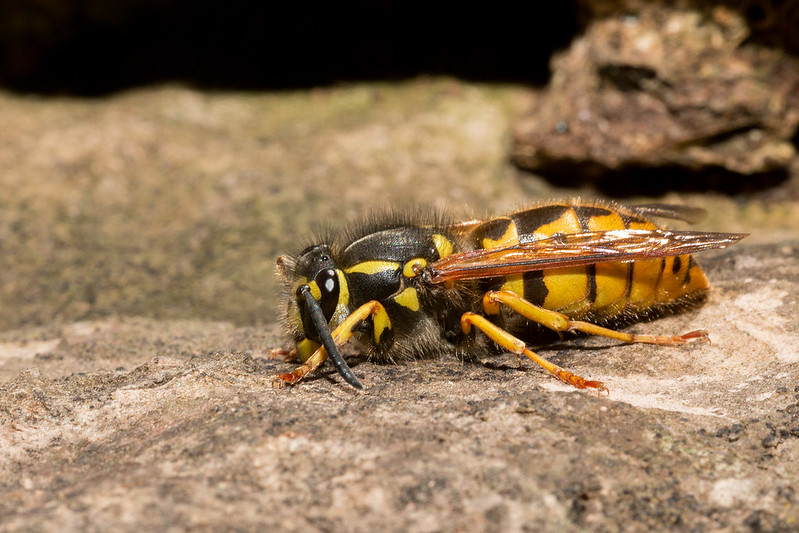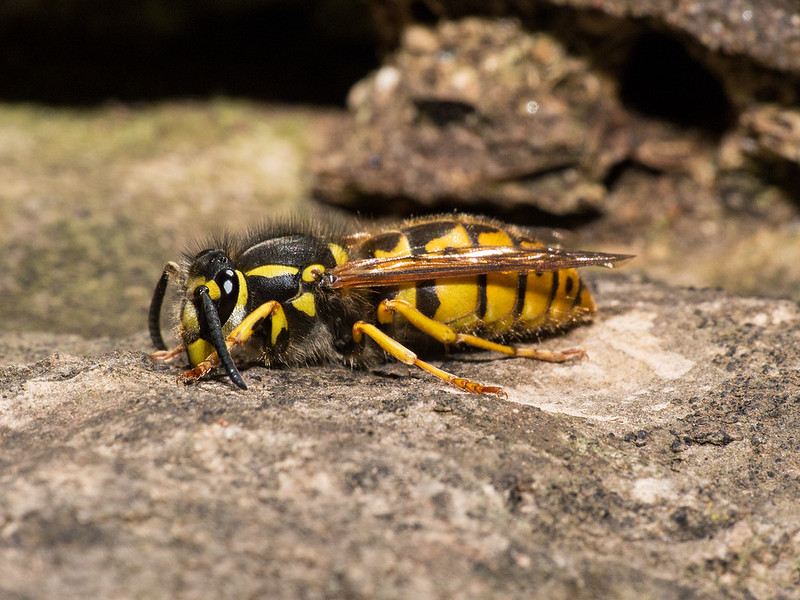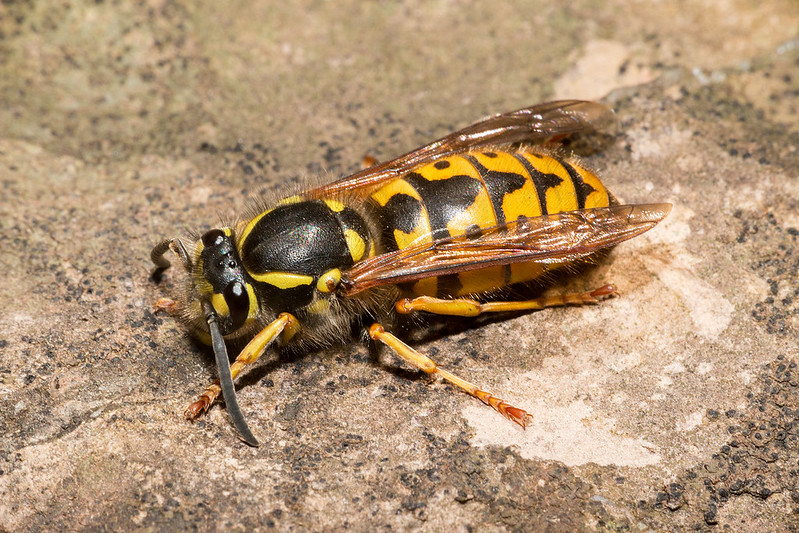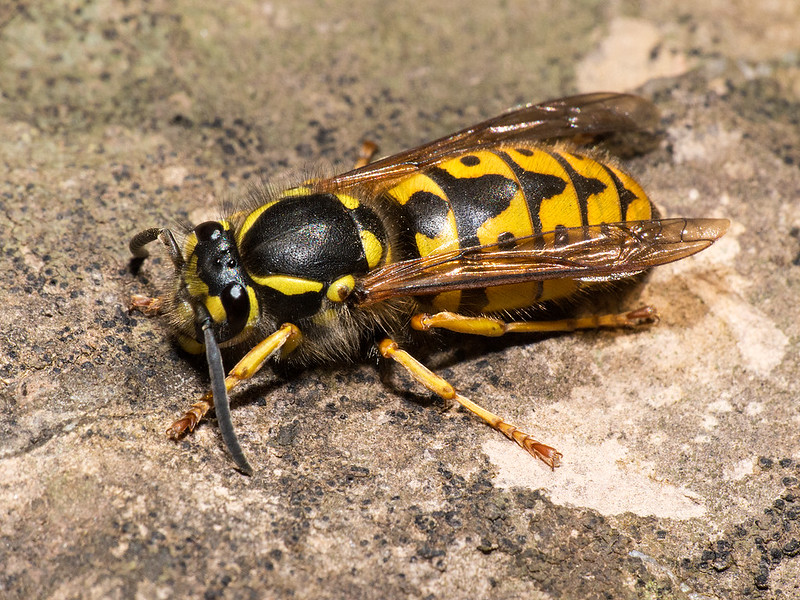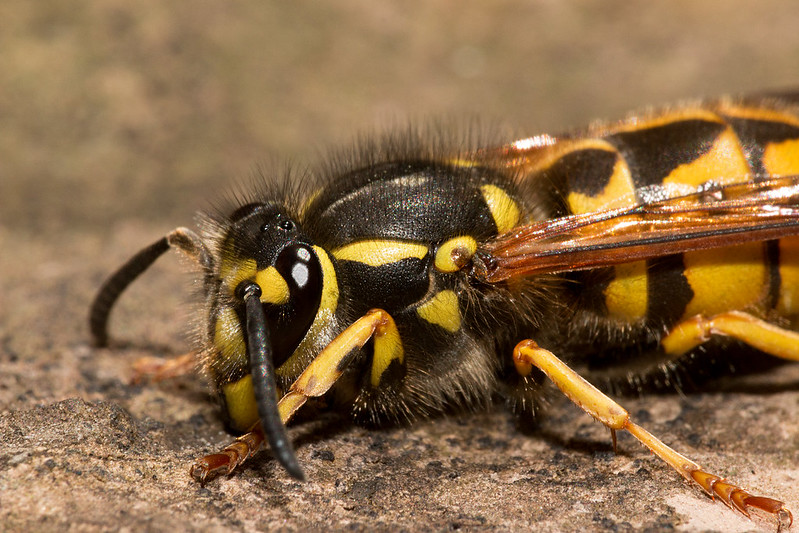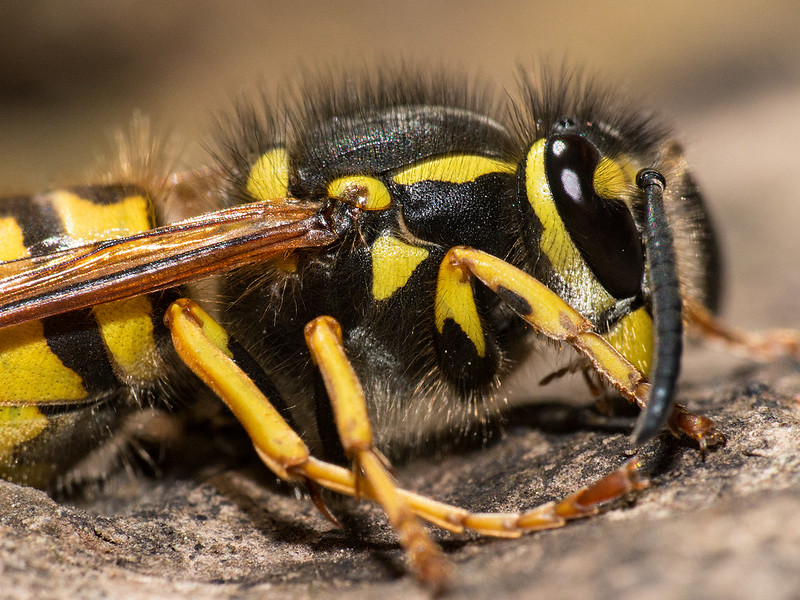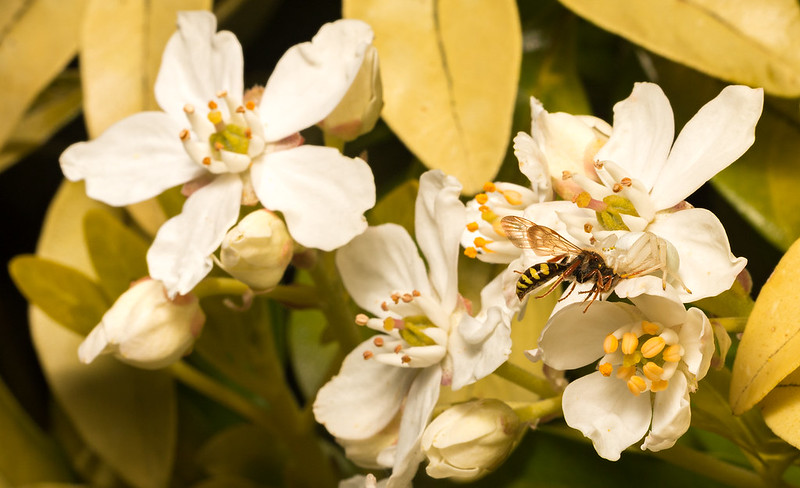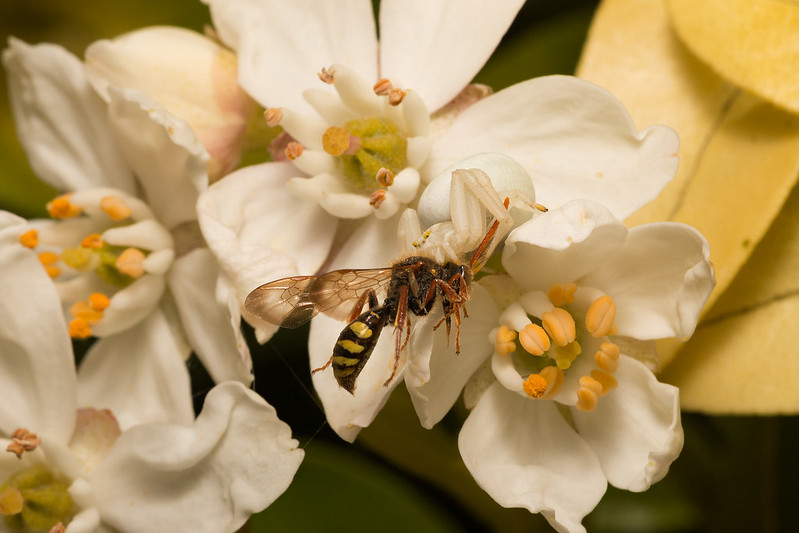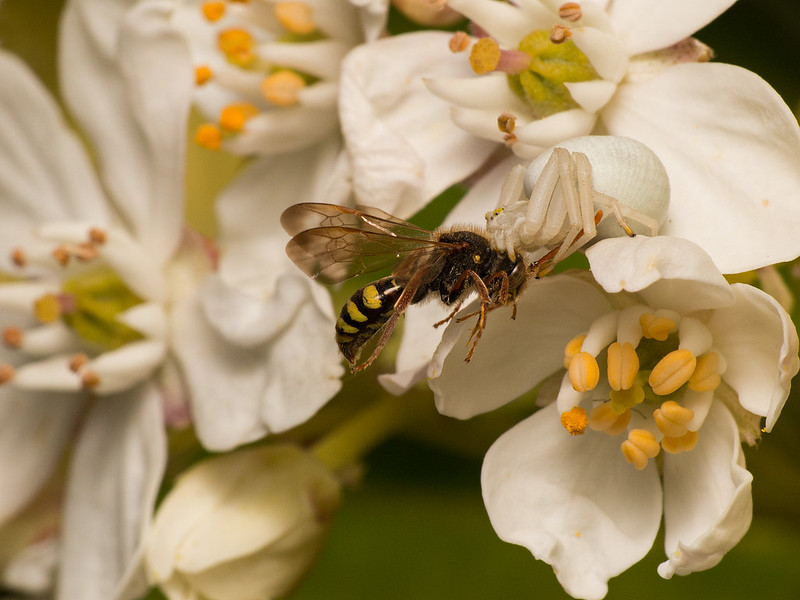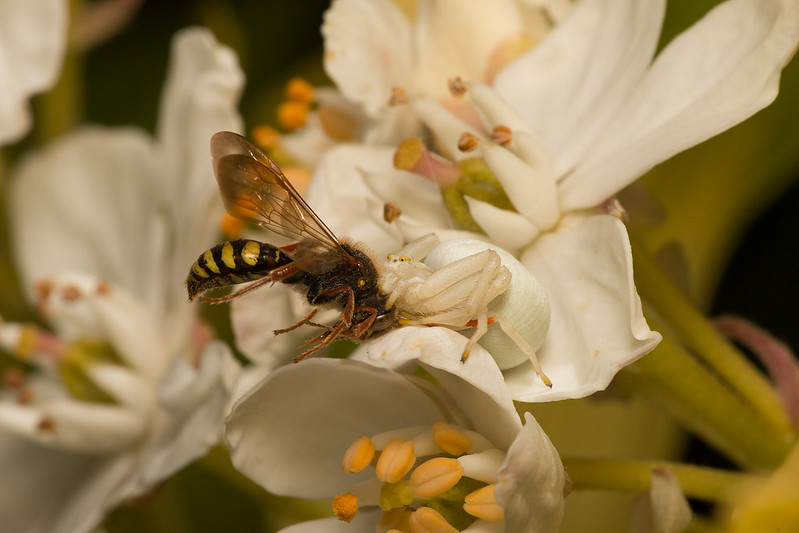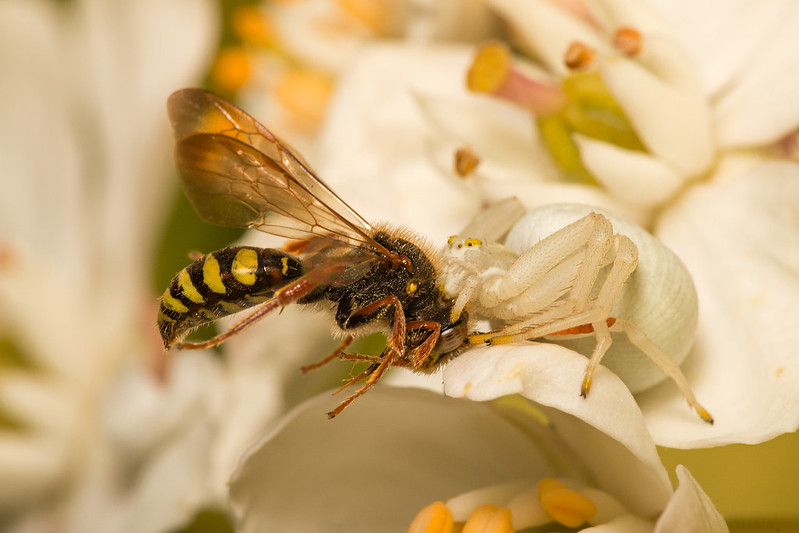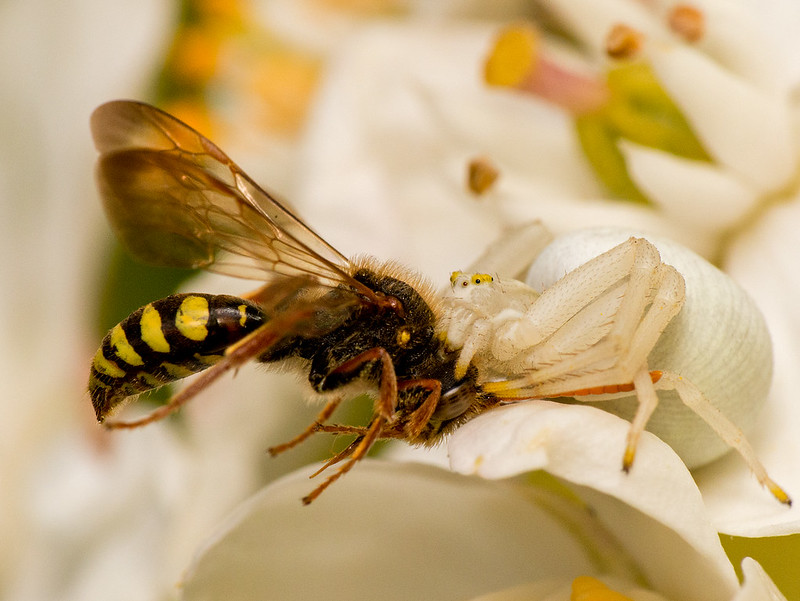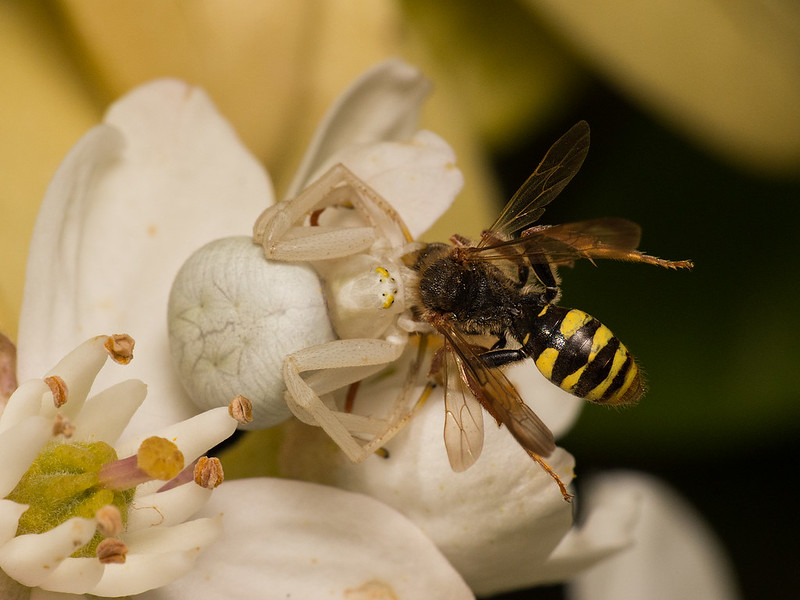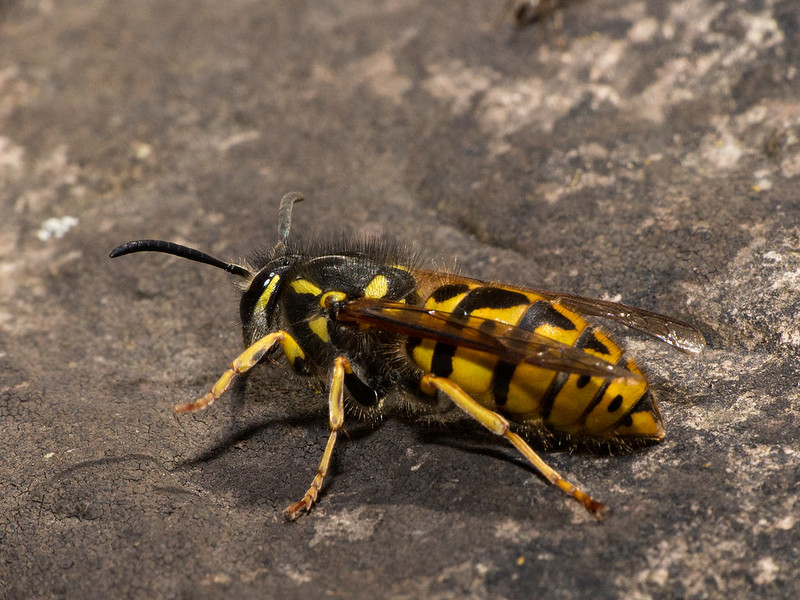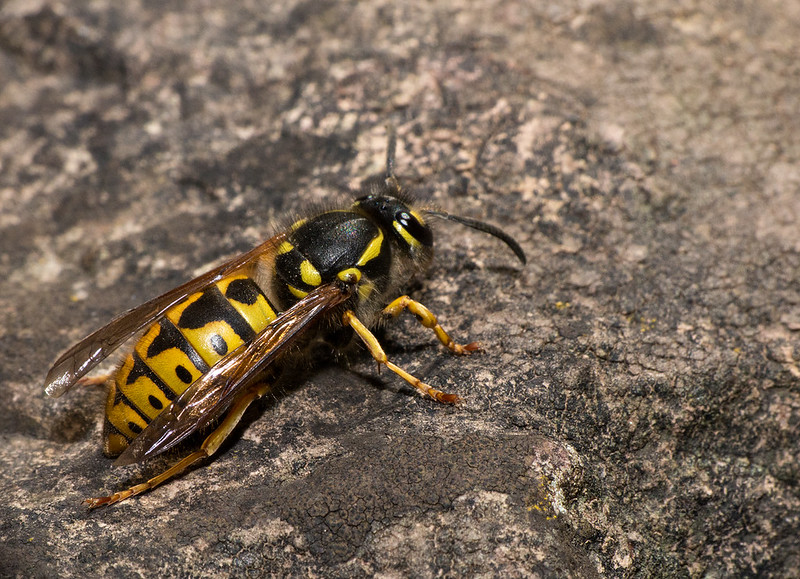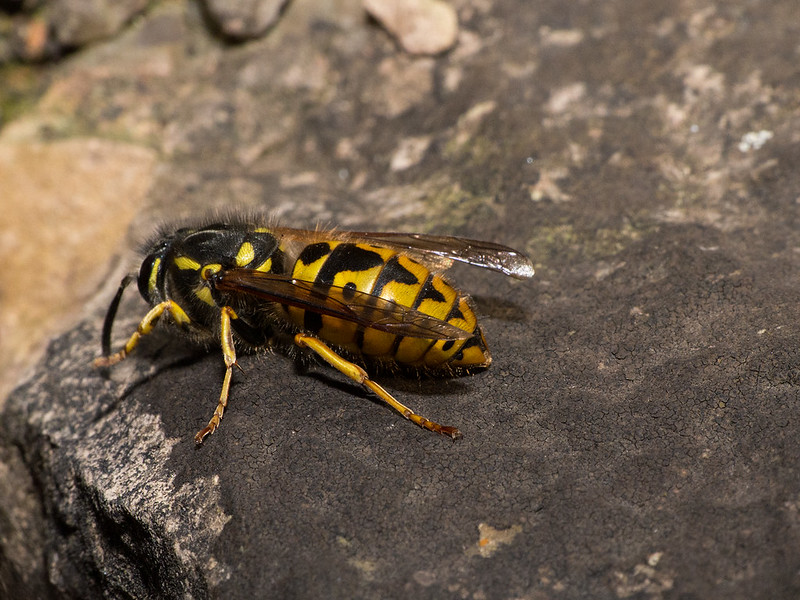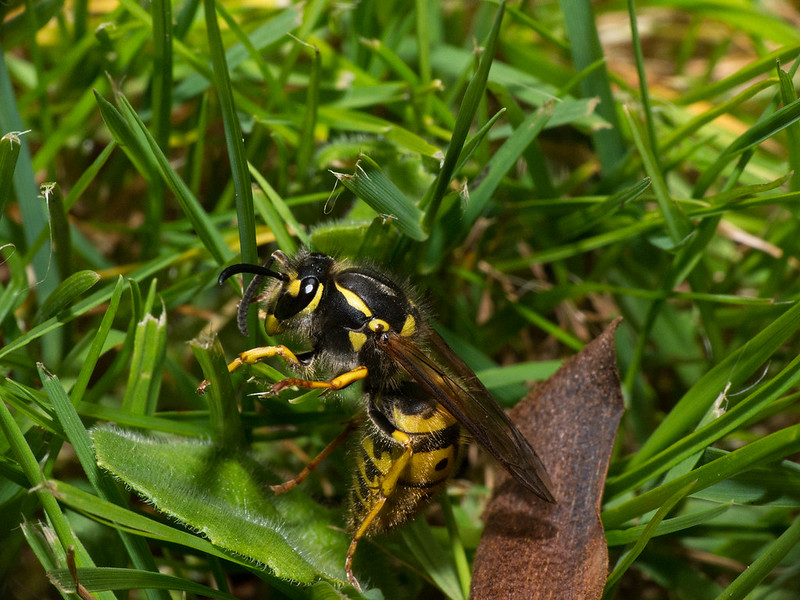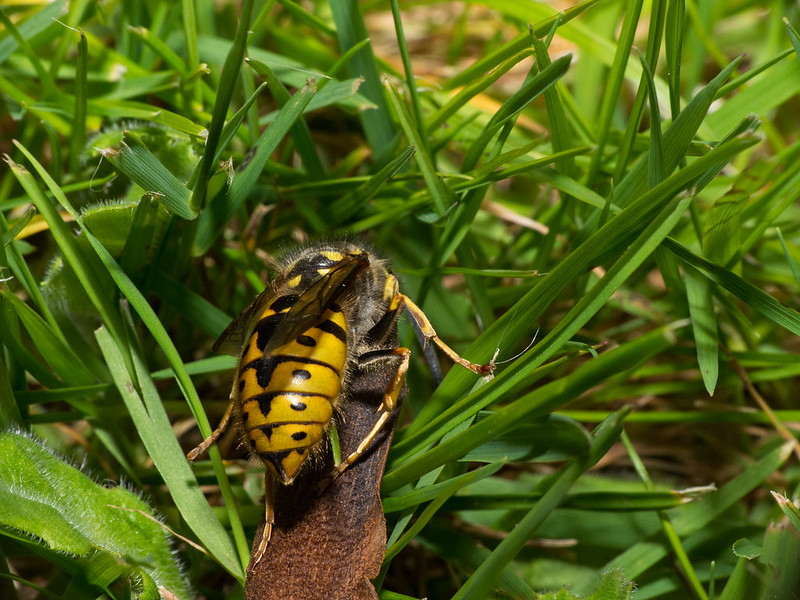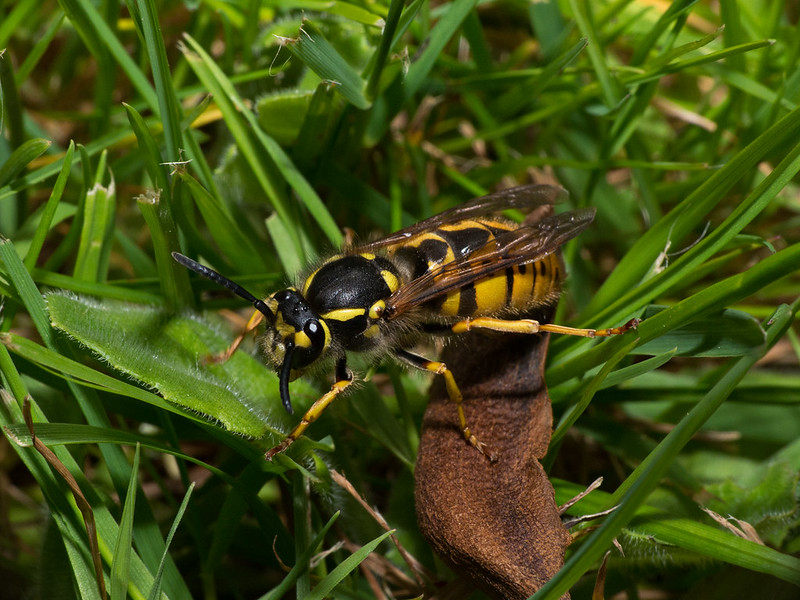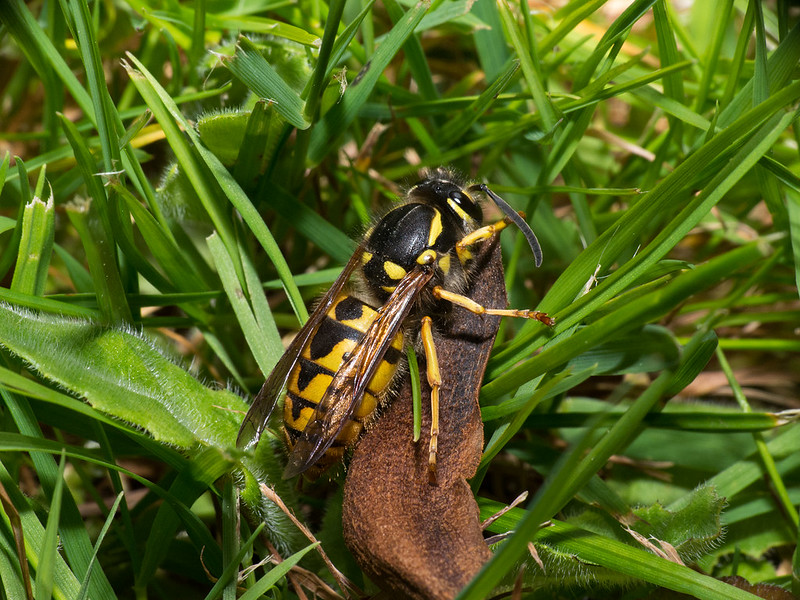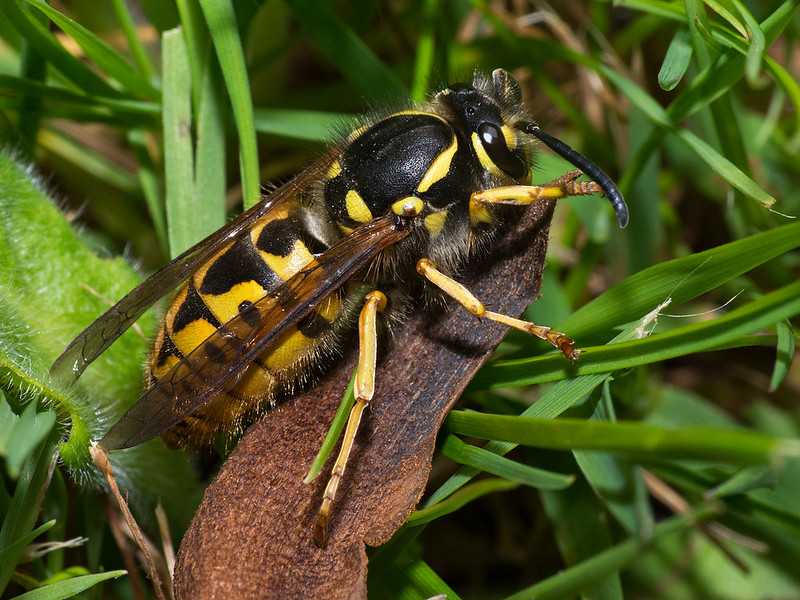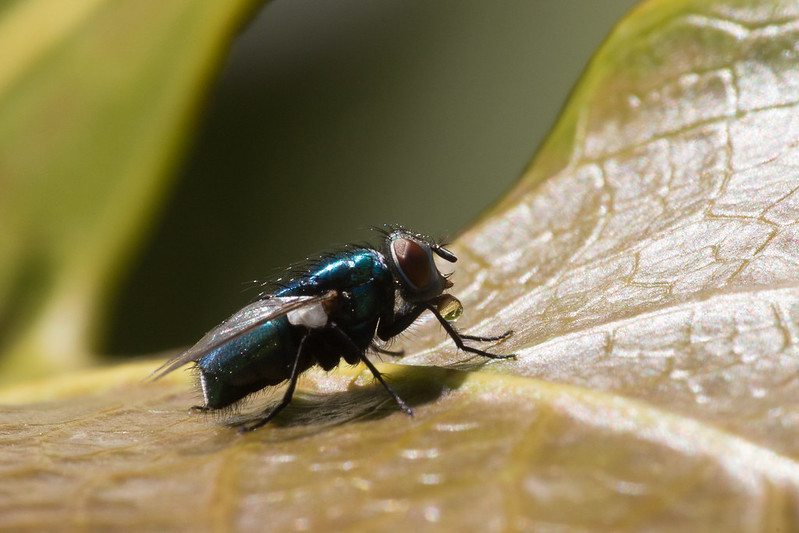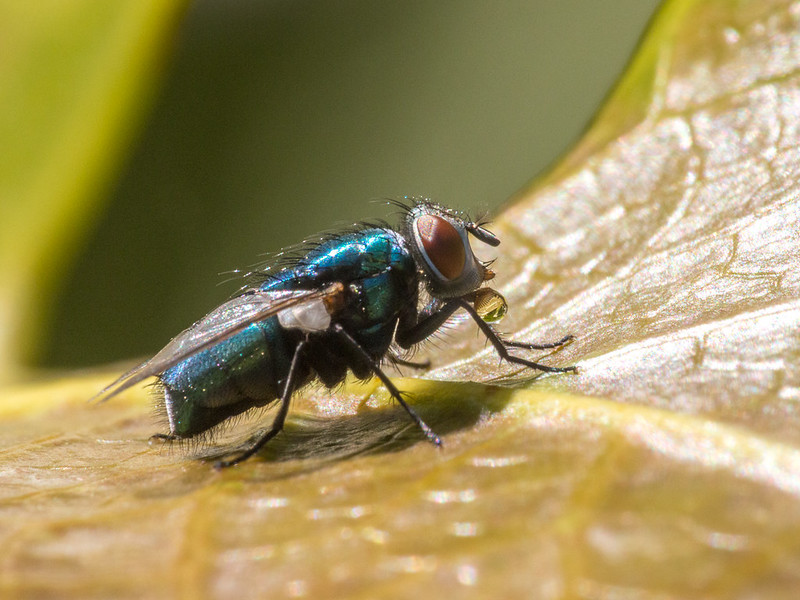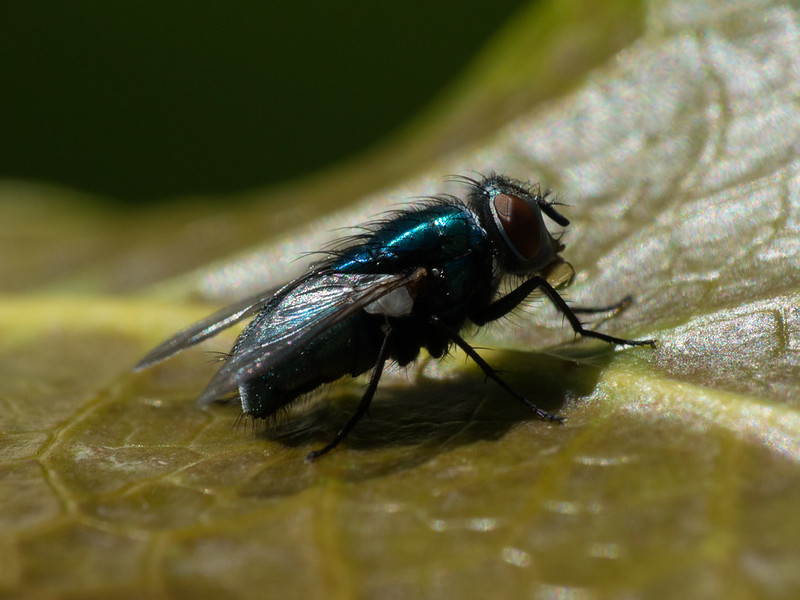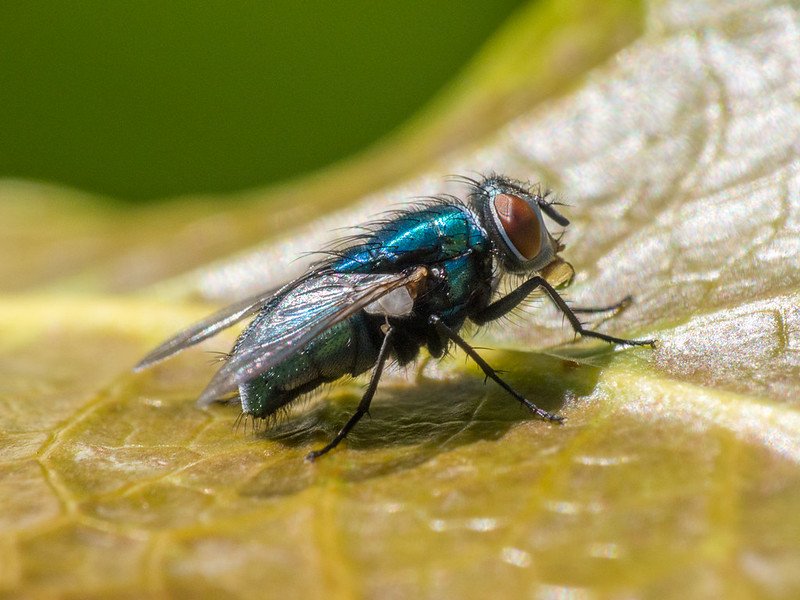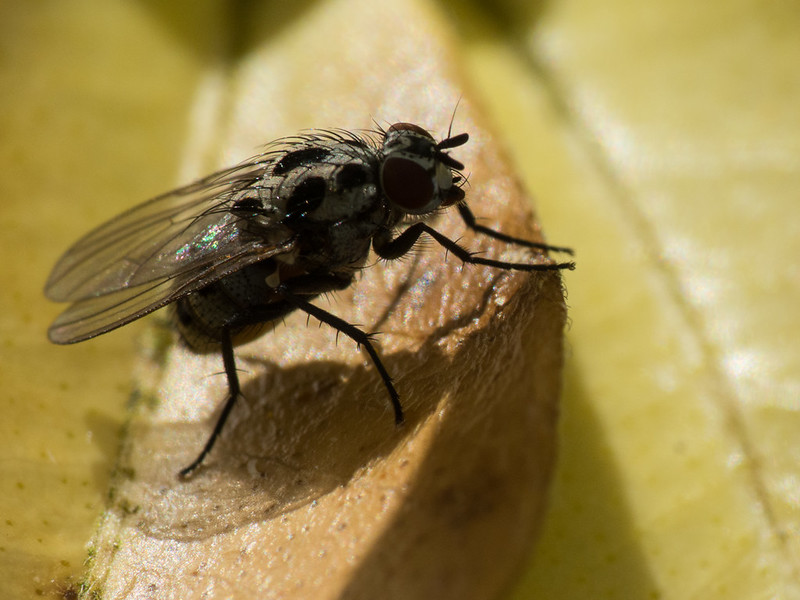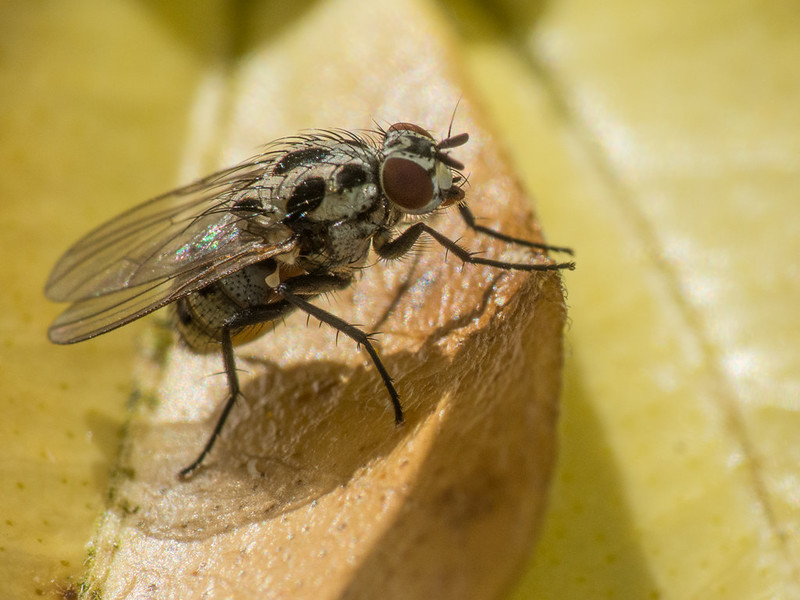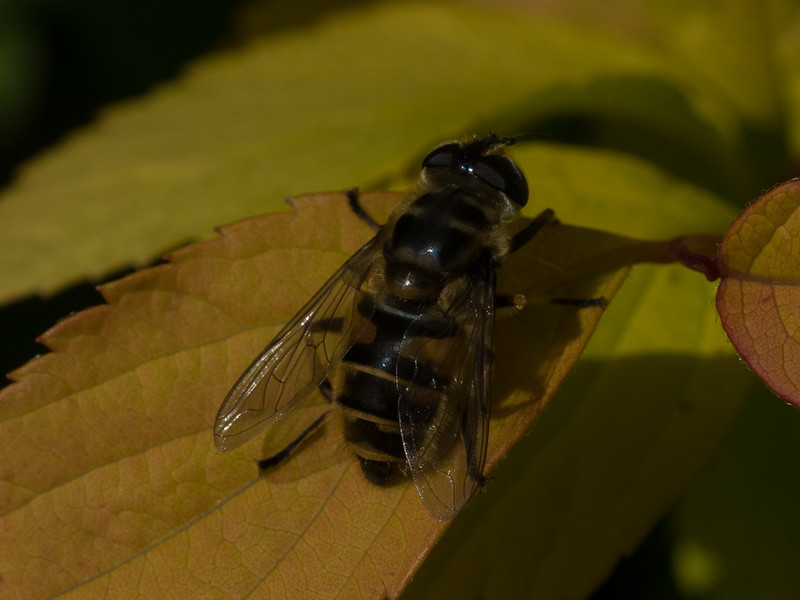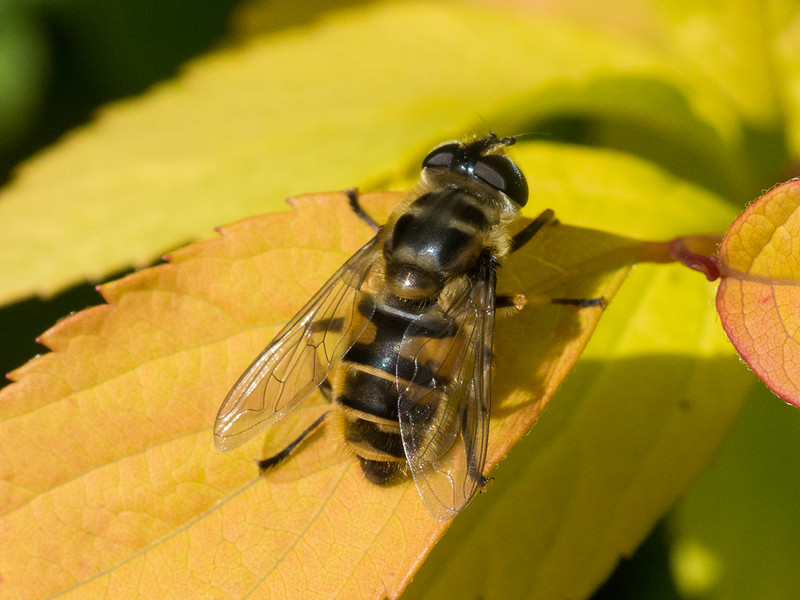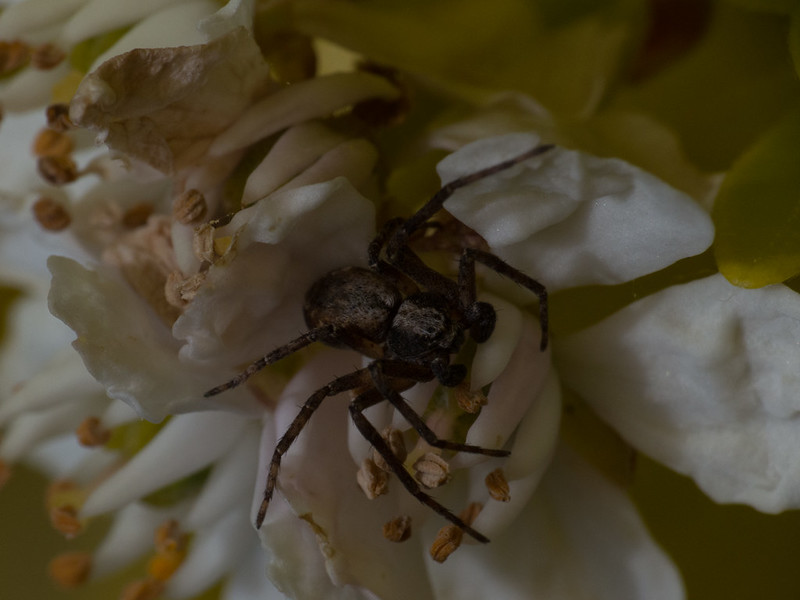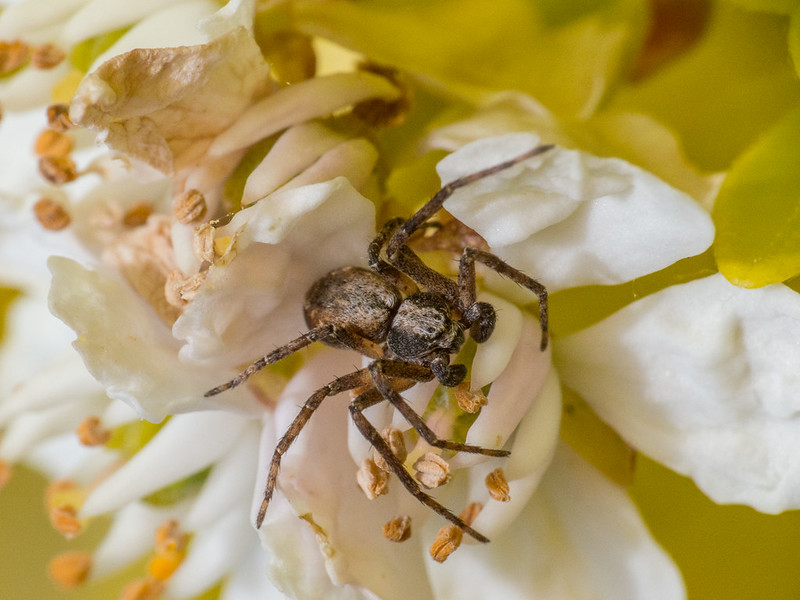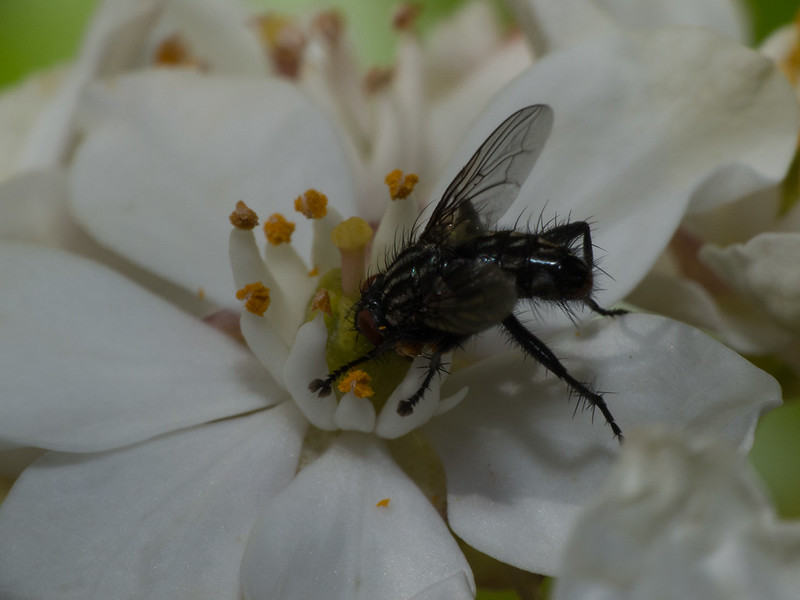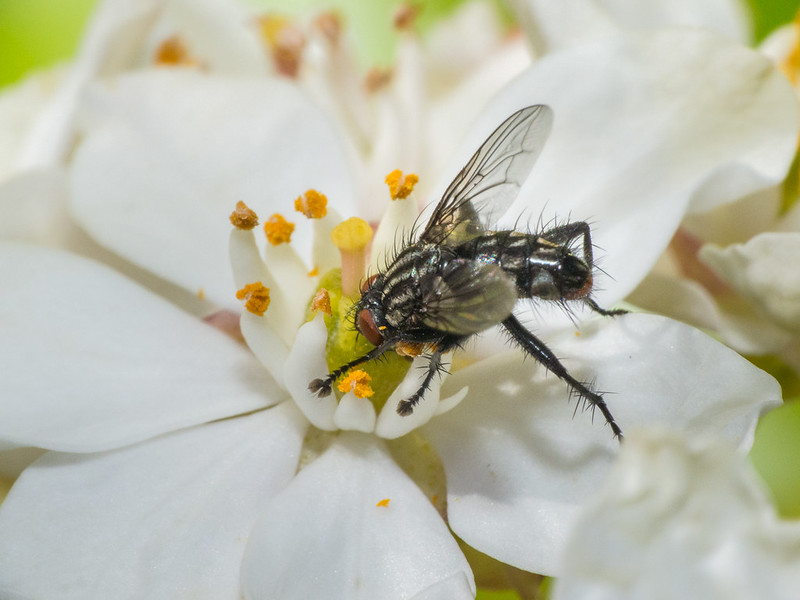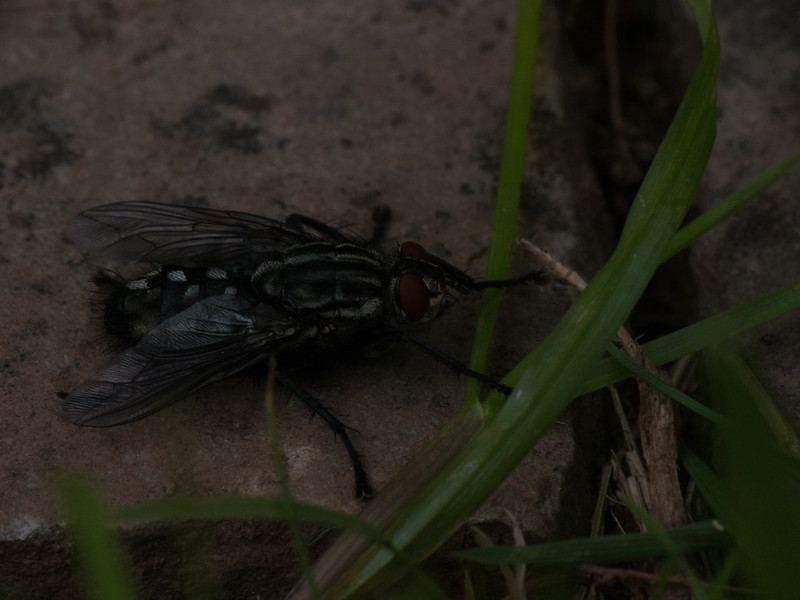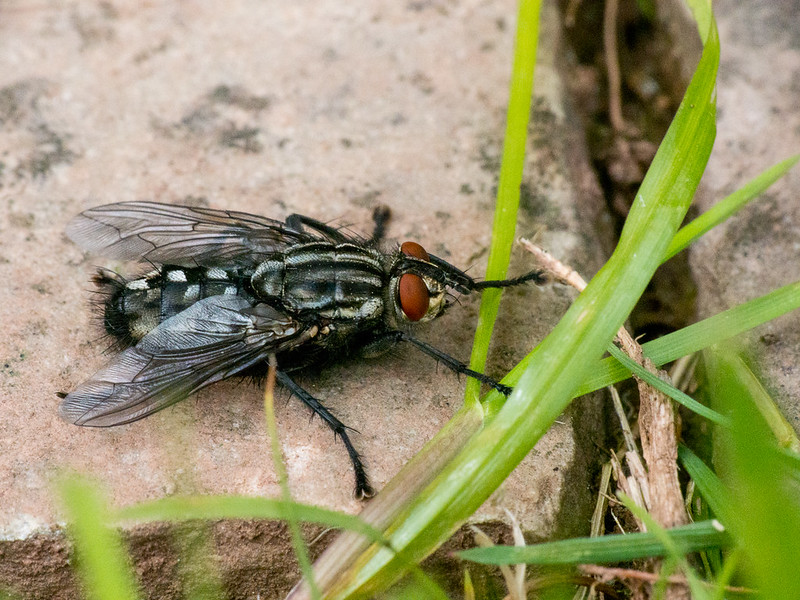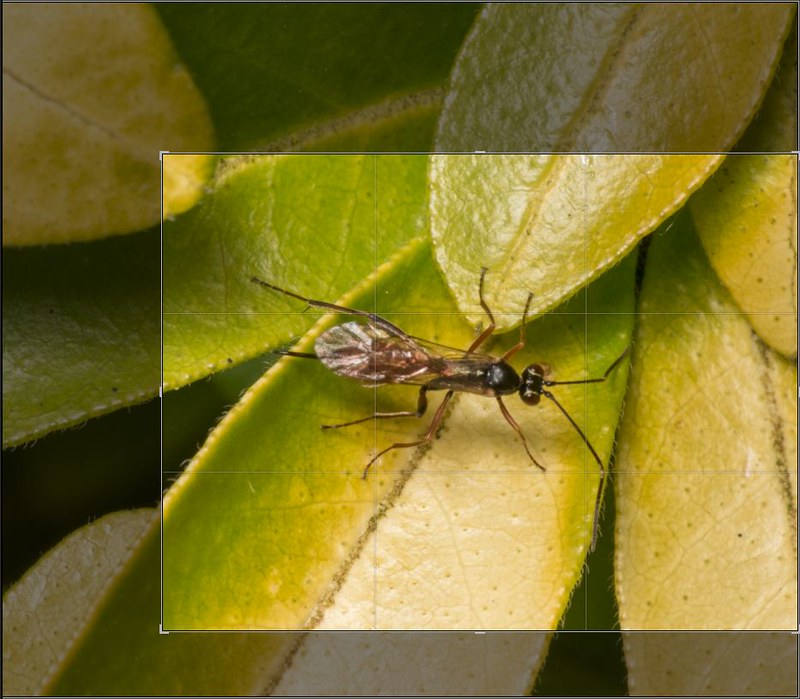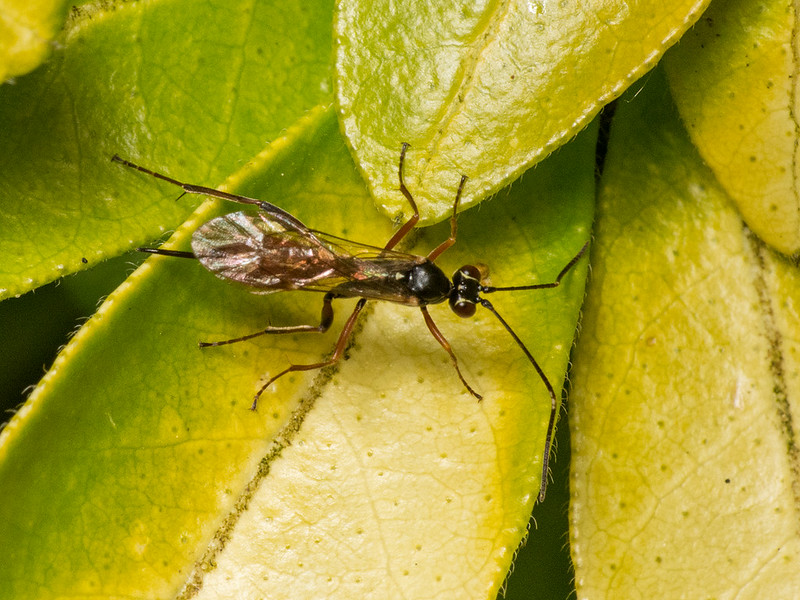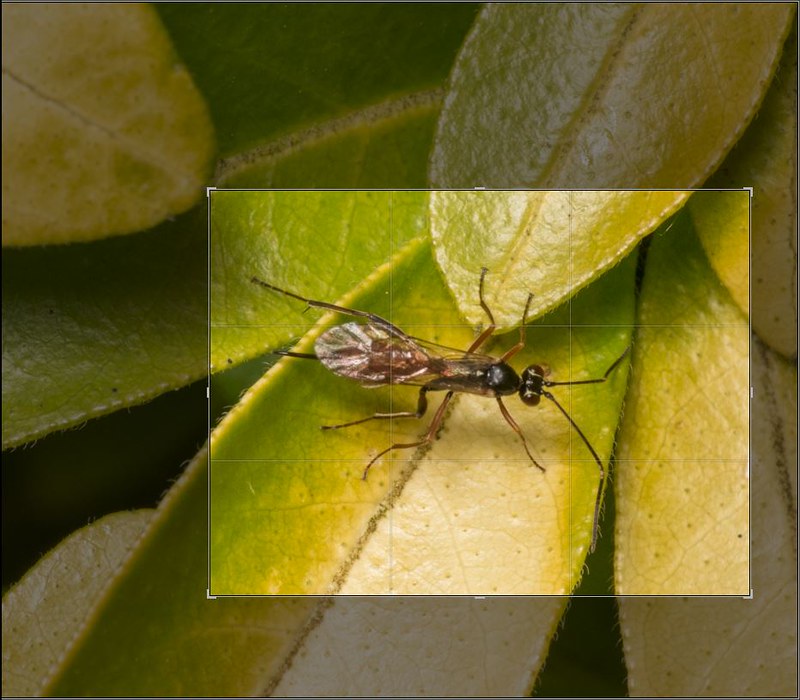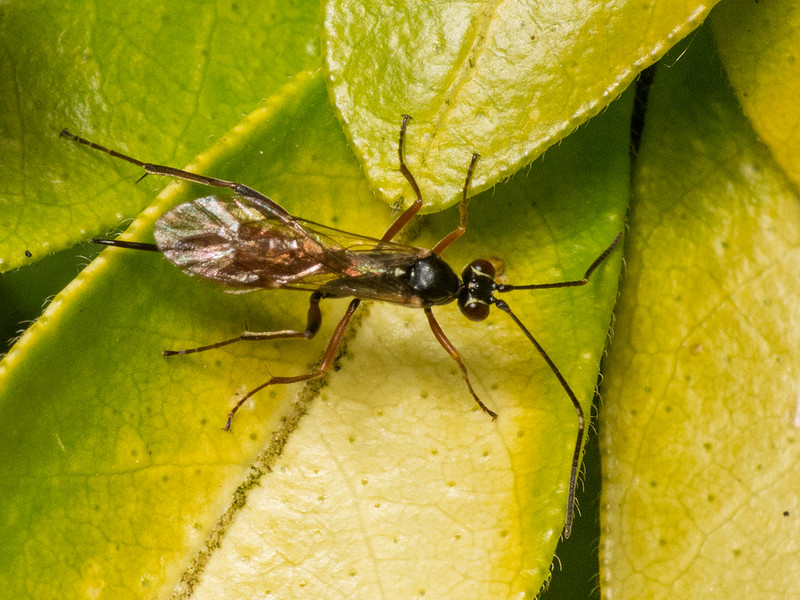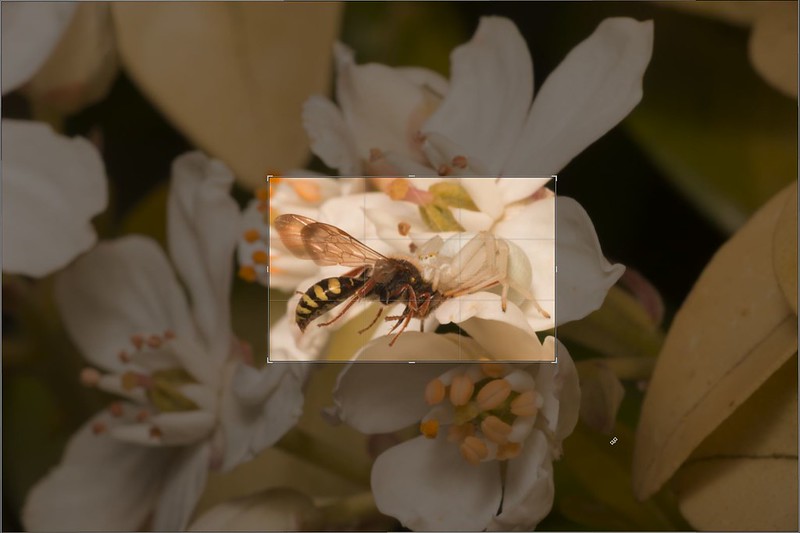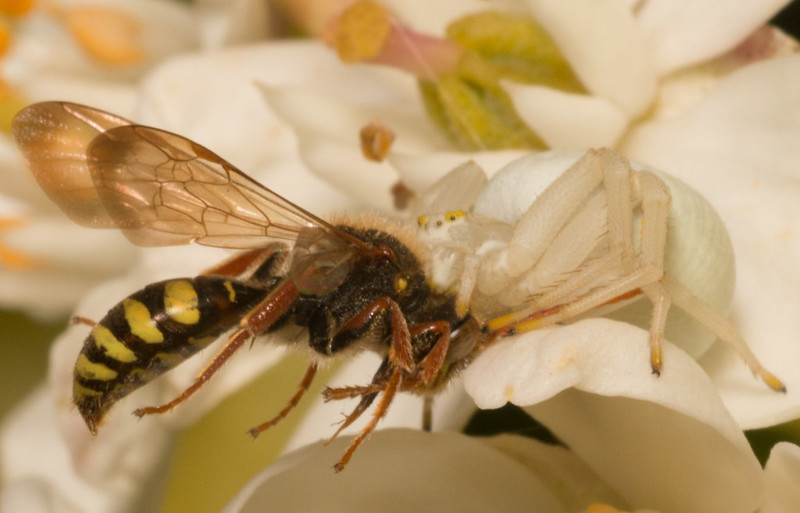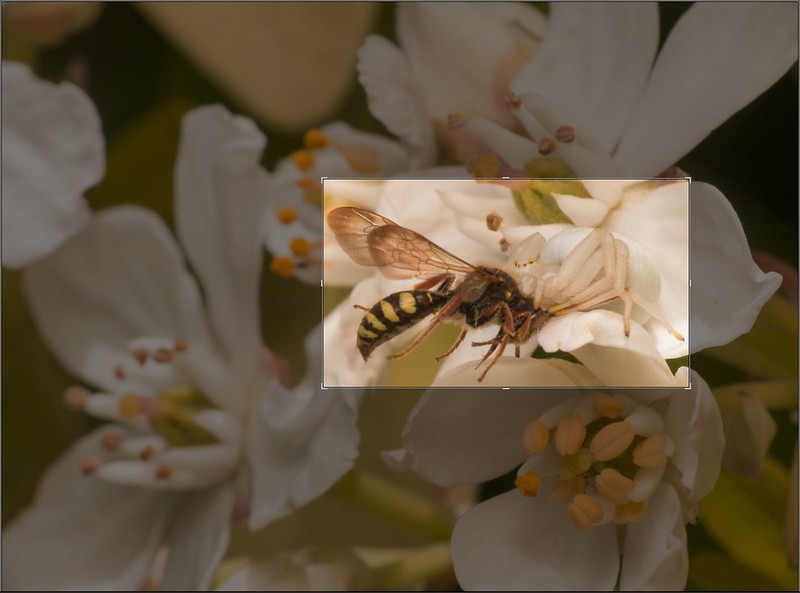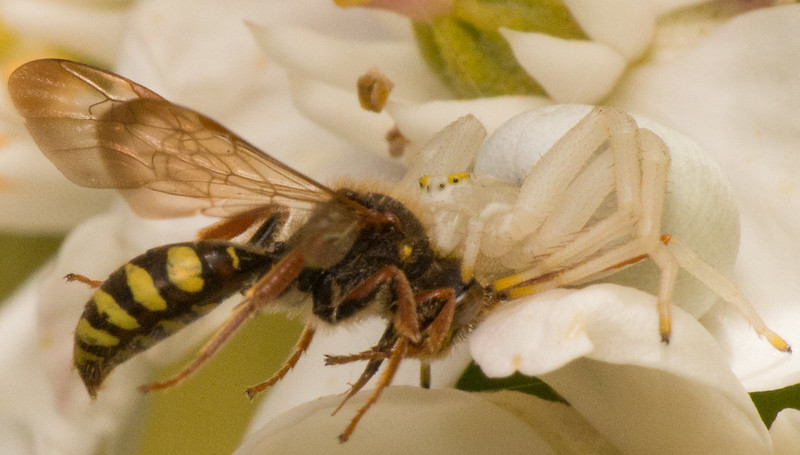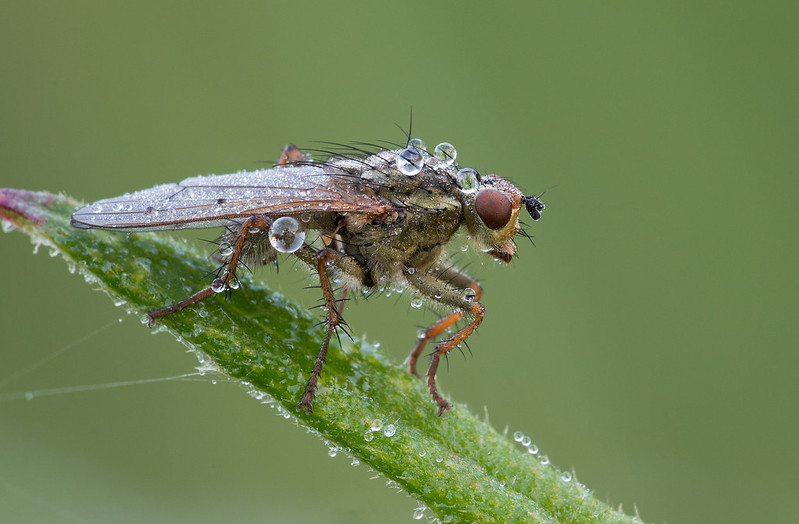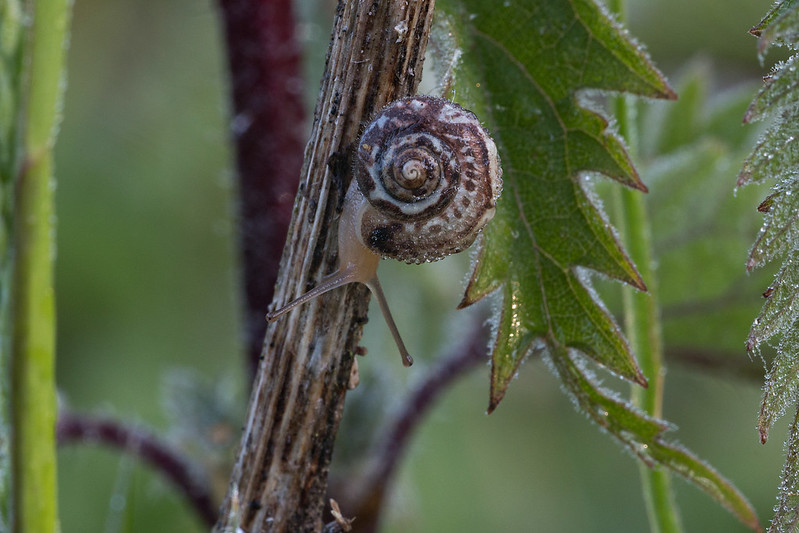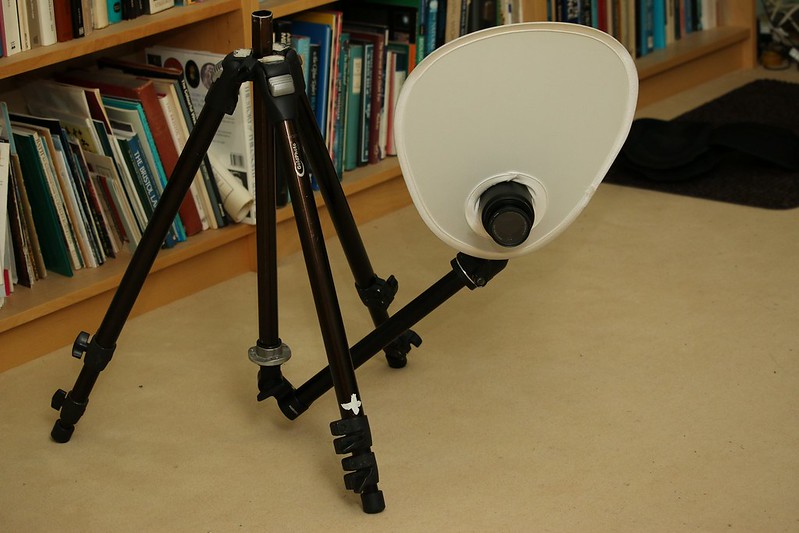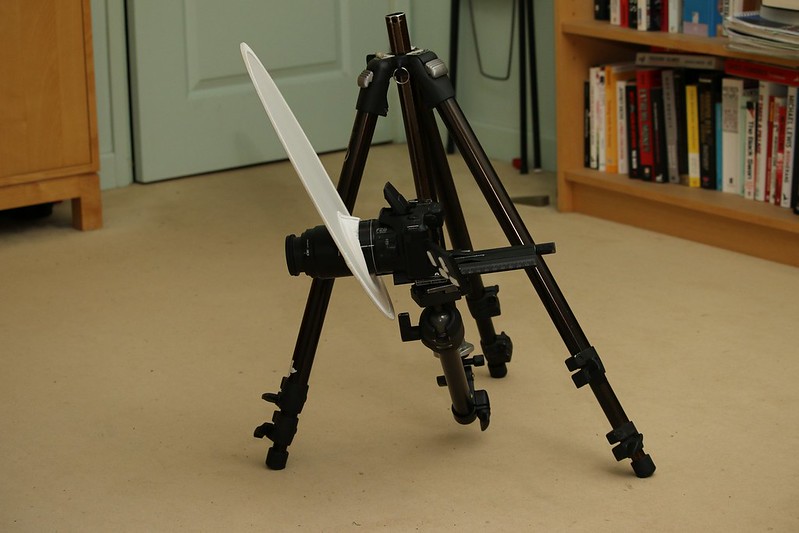EDIT: This post contains misleading information and invalid conclusions based on my misunderstanding how to use the X-rite ColorChecker Passport. Please see this post for examples that work fine.
My
X-rite ColorChecker Passport (£74) arrived a couple of days ago and I have been testing it. It claims to let you do two things that are important to me:
- Adjusting the colours in an image so that, if viewed on a calibrated screen, or printed on a calibrated printer, the colours look right
- Letting you get consistent colours from multiple cameras.
As an aside, this is the first product I have come across that comes with absolutely no instructions, not even a pdf manual on the software CD. You have to register the product first, then you still don't get a manual, but you can download a set of videos which explain how to use the product. I thought the videos are quite good as it happens, but I was not impressed. Nowhere does it state in the bumph on the product "Internet access required to use this product/obtain instructions" or similar.
Anyway, each camera handles colours differently. It can differ, apparently, from one camera to the next of a particular model. The ColorChecker Passport comes with a reference target that you photograph with the camera (or each of the cameras) used to take a shot/set of shots, photographing it in the same light as used for the shot/set of shots. If the light changes, for example through the day, then you need to take additional photos of the reference target.
If you use Lightroom you can load the photos into Lightroom and (very easily) tell ColorChecker to make a profile for each of the reference target shots. You can then (easily) apply each profile to the images captured under the light conditions in which the reference target was photographed. (The profiles are camera-specific, of course.)
Here are two images of a scene, one captured with the 70D and one with the FZ200. They have had my normal (minimal) processing on import to Lightroom, none of which affects the colours, and then exported from Lightroom as JPEGs without applying a ColorChecker profile.
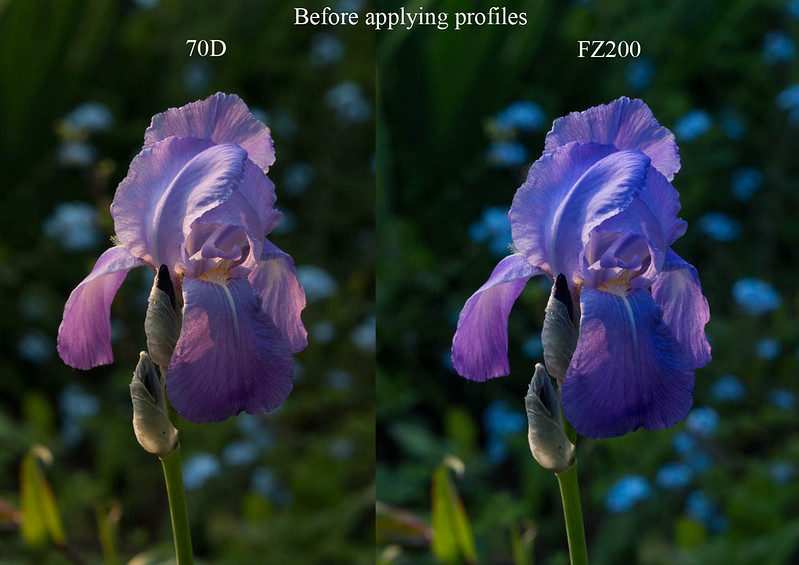
0560 01 2014_05_17 70D and FZ200 before applying ColorChecker profiles by
gardenersassistant, on Flickr
As you can see, they are rendering the colours very differently.
Immediately after capturing each image I took a photo of the reference target.
70D image of reference target
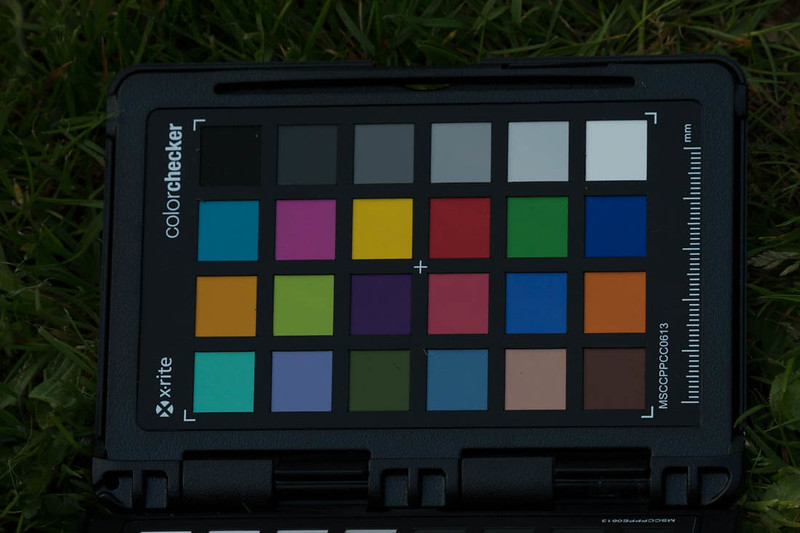
0560 09 2014_05_17 70D ColorChecker Passport reference image IMG_1189 by
gardenersassistant, on Flickr
FZ200 image of reference target
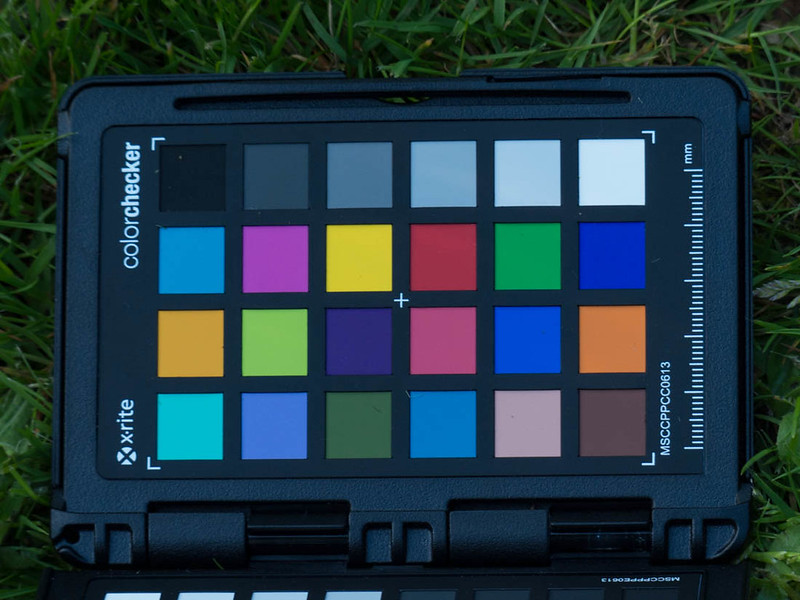
0560 10 2014_05_17 FZ200 ColorChecker Passport reference image P1320107 by
gardenersassistant, on Flickr
The images were captured without any delay between the captures, and the sunlight was constant from a clear sky. I used these photos of the reference target to construct a profile for each camera. This is what the 70D image looked like before and after applying the 70D profile.
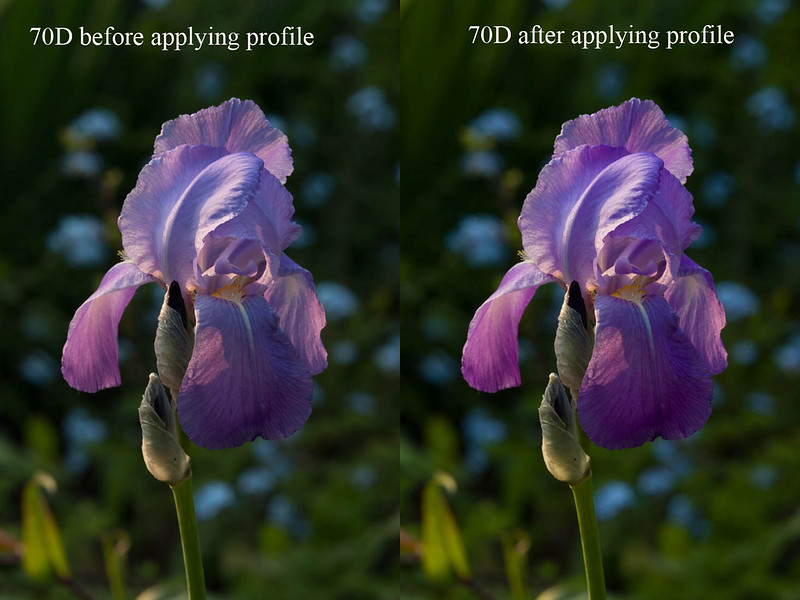
0560 02 2014_05_17 70D Before and after applying ColorChecker profile by
gardenersassistant, on Flickr
Here is what the FZ200 image looked like before and after applying the FZ200 profile.
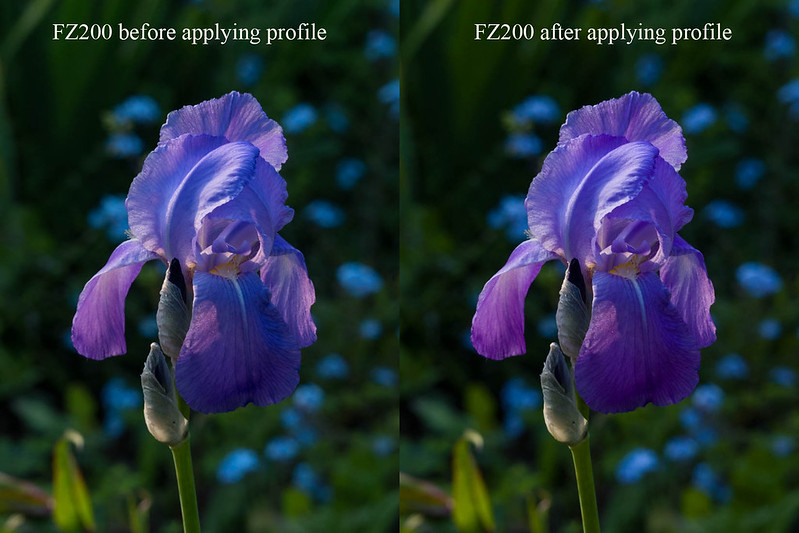
0560 03 2014_05_17 FZ200 Before and after applying ColorChecker profile by
gardenersassistant, on Flickr
Here are the 70D and FZ200 profiled versions shown together for easier comparison.
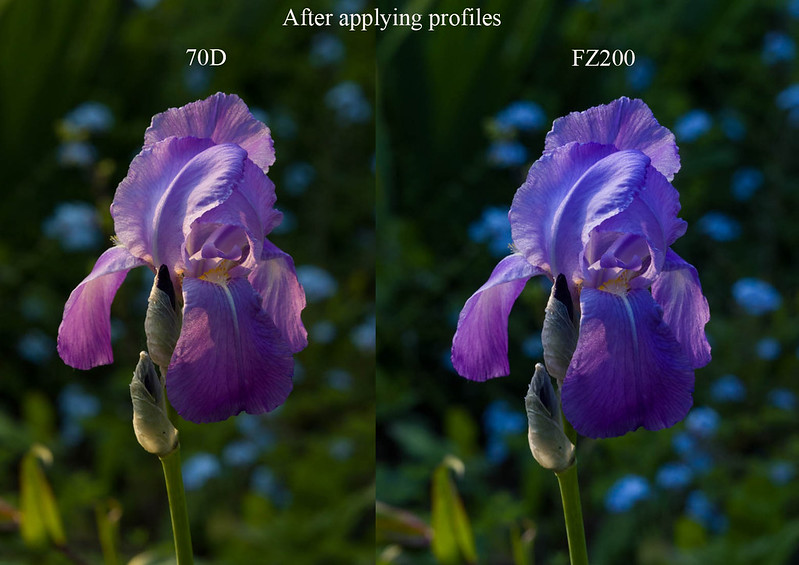
0560 04 2014_05_17 70D and FZ200 after applying ColorChecker profiles by
gardenersassistant, on Flickr
There are separate images
here for the unprofiled and profiled versions for each camera in case you want to flick between them, as this really makes the differences stand out.
So, going back to my two issues, which the ColorChecker Passport claims to address:
Do I get consistent colours from multiple cameras after preparing and applying profiles? No. As you can see.
Looking at the images on my calibrated screen, do the colours look right? Well, the two profiled images are different, so at least one of them must look wrong. In fact, having pored over them with my wife, who is excellent with colours, I don't think that either of them look right.
There is a third claim that X-rite make (or very strongly imply) in their video, that images which have had appropriate profiles applied to them will look better, more vibrant. My wife and I have looked at another half dozen examples and the conclusion we have come to is that it makes some images look better (to us), but some look better (to us) in the unprofiled version. It also varies between cameras. For the examples we have looked at it seems to do better things to the 70D images than the FZ200 images.
Most of the reviews of the ColorChecker Passport at Amazon UK and Amazon US are very positive. However, you might find it interesting to read this
review from Amazon US, which sees things rather differently, and more in line with my experience.




